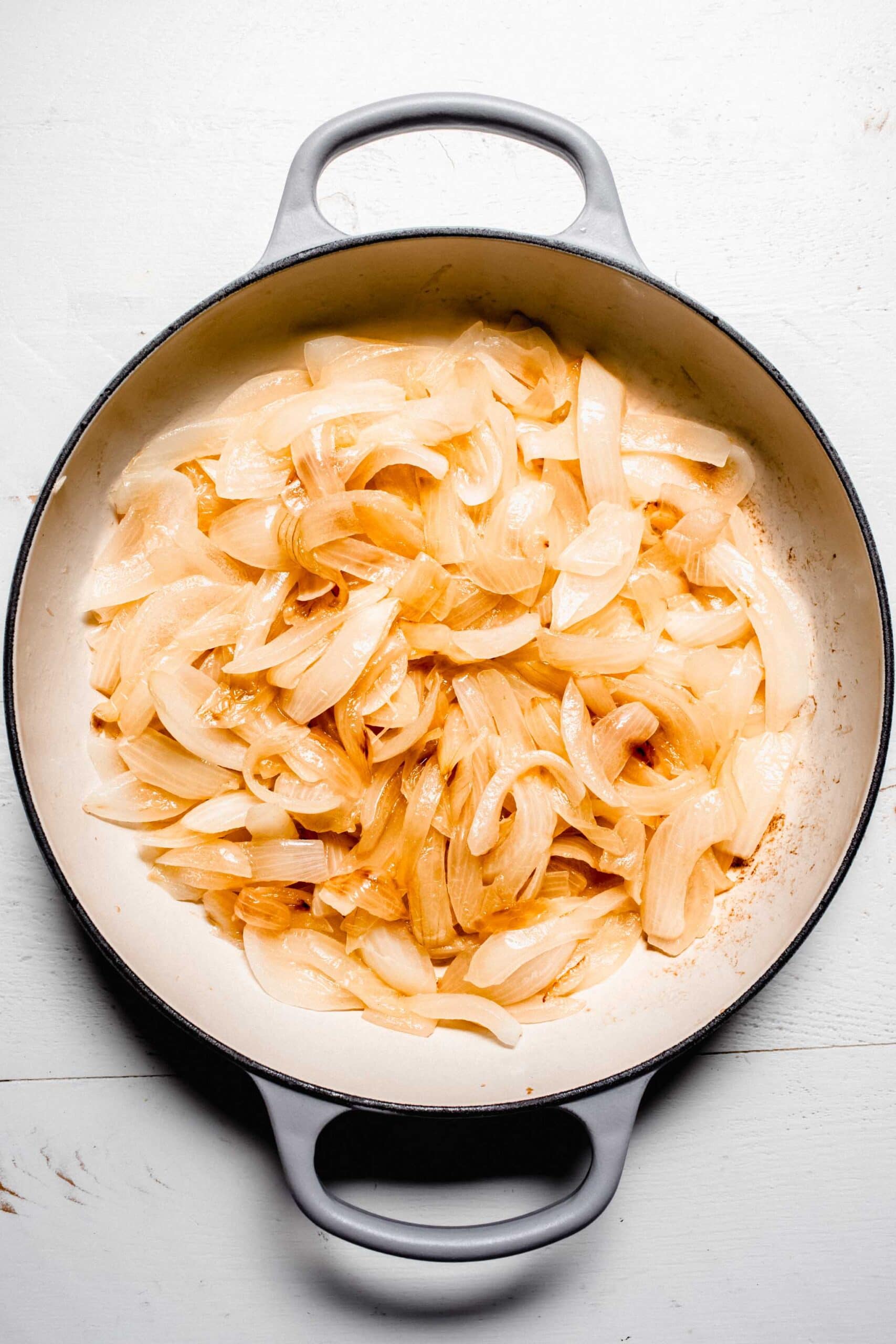

Articles
What Temp To Saute Onions Electric Skillet
Modified: August 20, 2024
Learn the perfect sautéing temperature for onions using an electric skillet in this informative article. Discover helpful tips and tricks for achieving deliciously caramelized onions every time.
(Many of the links in this article redirect to a specific reviewed product. Your purchase of these products through affiliate links helps to generate commission for Storables.com, at no extra cost. Learn more)
Introduction
Sautéed onions are a versatile and delicious addition to many dishes. They add flavor, texture, and aroma to soups, stews, stir-fries, and more. Whether you are a seasoned chef or a novice cook, knowing the right temperature to sauté onions in an electric skillet is essential for achieving the perfect caramelization and flavor.
Using an electric skillet for sautéing onions offers many benefits, such as precise temperature control and even heat distribution. This kitchen appliance can be a game-changer when it comes to creating delectable sautéed onions. However, it’s important to understand the factors involved and follow some key guidelines to ensure success.
In this article, we will explore the factors you need to consider when sautéing onions in an electric skillet, the temperature recommendations for different results, tips for achieving the best sautéed onions, and common mistakes to avoid. By the end, you’ll have all the knowledge you need to sauté onions like a pro.
Key Takeaways:
- Master the art of sautéing onions in an electric skillet by considering factors like onion type, size, and heat resistance. Experiment with low, medium, and high heat for varying caramelization and flavor.
- Avoid common mistakes like not preheating the skillet and overcrowding it to ensure consistently delicious sautéed onions. Follow essential tips and adjust seasonings for a perfectly balanced flavor profile.
Read more: What Temp Is Simmer With An Electric Skillet
Factors to Consider
Before you start sautéing onions in an electric skillet, there are a few important factors to consider. These factors will impact the overall outcome and quality of your sautéed onions:
- Type of Onion: Different varieties of onions have distinct flavors and characteristics, which can affect the taste of your sautéed onions. Some popular options include yellow onions, white onions, red onions, and shallots. Experiment with different types to find your favorite.
- Size and Cut of Onions: The size and cut of the onions will determine the cooking time and the texture of the sautéed onions. Slicing the onions thinly will result in faster caramelization, while thicker slices may retain more crunch.
- Heat Resistance of the Electric Skillet: Not all electric skillets are created equal when it comes to temperature control and heat distribution. It is important to use a skillet that can maintain consistent heat and has a wide temperature range suitable for sautéing onions.
- Cooking Oil: The choice of cooking oil can also affect the flavor and texture of the sautéed onions. Options like olive oil, vegetable oil, or butter can be used. Each has its own distinct taste and cooking properties.
- Additional Seasonings: You may choose to add additional seasonings such as salt, pepper, garlic, or herbs to enhance the flavor of your sautéed onions. Consider your personal preferences and the flavors that will complement the dish you are preparing.
- Cooking Temperature: The cooking temperature plays a crucial role in achieving perfectly sautéed onions. Different temperatures will yield different results, from lightly golden and caramelized onions to deeply browned and intense flavors.
By considering these factors, you can tailor your sautéed onions to suit your taste preferences and the specific dish you are preparing. Let’s explore the recommended temperatures next.
Temperature Recommendations
Choosing the right temperature is key to achieving perfectly sautéed onions. Here are some temperature recommendations to help you achieve different results:
- Low Heat (250°F to 275°F): Sautéing onions on low heat will result in slow and gentle caramelization. This is ideal if you want to preserve the natural sweetness of the onions and retain some of their crunchiness. Low heat is also suitable if you have a longer cooking time or if you’re using a larger quantity of onions.
- Medium Heat (300°F to 325°F): Sautéing onions on medium heat is a popular choice for achieving a balance between caramelization and softness. The onions will turn golden brown with a slightly sweeter flavor. This temperature is suitable for most recipes that call for sautéed onions.
- High Heat (350°F to 375°F): Sautéing onions on high heat will result in quicker browning and a deeper, richer flavor. The onions will caramelize faster, giving them a more intense taste and a softer texture. This temperature is ideal if you’re looking for bold flavors or if you have limited time.
It’s important to note that different electric skillets may vary in their temperature accuracy. To ensure accurate results, use a reliable kitchen thermometer to monitor the temperature of the skillet. This will allow you to make adjustments as needed and achieve consistent and delicious sautéed onions every time.
Now that you know the temperature recommendations, let’s move on to some essential tips for sautéing onions in an electric skillet.
For sautéing onions in an electric skillet, set the temperature to medium-high (around 350°F). This allows the onions to caramelize and develop a rich flavor without burning.
Tips for Sauteing Onions in an Electric Skillet
To sauté onions to perfection in an electric skillet, follow these helpful tips:
- Preheat the skillet: Before adding the onions, preheat the electric skillet to the desired temperature. This ensures that the onions start cooking immediately and prevents them from sticking to the skillet.
- Use enough cooking oil: Coat the bottom of the skillet with enough cooking oil to prevent the onions from sticking. This also helps in achieving even caramelization.
- Don’t overcrowd the skillet: It’s important to give the onions enough space to cook evenly. Overcrowding the skillet can result in uneven cooking and steaming instead of sautéing. If you have a large quantity of onions, cook them in batches.
- Stir occasionally: Continuously stir the onions to ensure they cook evenly and don’t burn. This also helps in achieving consistent caramelization and preventing sticking.
- Add salt at the right time: Salt can draw out moisture from the onions, which can impede caramelization. To prevent this, add salt towards the end of the sautéing process or after the onions have reached the desired level of caramelization.
- Add additional seasonings: Experiment with different seasonings like garlic, herbs, or spices to enhance the flavor of the sautéed onions. Sprinkle these additional seasonings towards the end of the cooking process to avoid burning them.
- Adjust heat as needed: Keep an eye on the temperature and adjust it as necessary. If the onions are browning too quickly, reduce the heat. If they are not browning enough, increase the heat slightly.
- Taste and adjust: Taste the sautéed onions as you cook and adjust the seasonings to your preference. This helps in achieving a perfectly balanced flavor.
By following these tips, you’ll be able to sauté onions in an electric skillet like a pro. However, there are some common mistakes that you should be aware of to avoid compromising the quality of your sautéed onions.
Now, let’s explore some of the common mistakes to avoid while sautéing onions in an electric skillet.
Common Mistakes to Avoid
Although sautéing onions in an electric skillet is a relatively simple process, there are some common mistakes that can affect the quality and flavor of your sautéed onions. Here are a few mistakes to avoid:
- Not preheating the skillet: Failure to preheat the skillet can result in uneven cooking and sticking of the onions. Preheating allows for even heat distribution and ensures that the onions start cooking immediately.
- Using the wrong temperature: Using the incorrect temperature can lead to undercooked or burnt onions. It’s important to follow the temperature recommendations provided earlier and adjust as needed depending on your electric skillet’s performance.
- Overcrowding the skillet: Adding too many onions at once can cause them to steam instead of sauté, resulting in a lack of caramelization and a mushy texture. Cook the onions in batches if you have a large quantity to ensure even cooking.
- Not stirring the onions: Failing to stir the onions while sautéing can cause uneven cooking and even burning in some spots. Continuously stir the onions to promote even caramelization and prevent them from sticking to the skillet.
- Adding salt too early: Salt draws out moisture from the onions, which can hinder the caramelization process. To ensure proper browning, add salt toward the end of the cooking process or after the onions have reached the desired level of caramelization.
- Not adjusting the heat: It’s important to monitor the heat and adjust it as necessary. If the onions are browning too quickly, reduce the heat. If they are not browning enough, increase the heat slightly.
- Overcooking the onions: Sautéed onions should be soft and caramelized but not overly browned or burnt. Pay close attention to the onions while cooking and remove them from the heat once they reach the desired level of doneness.
- Underseasoning or overseasoning: Finding the right balance of seasonings is crucial for flavorful sautéed onions. Taste as you cook and adjust the seasonings accordingly to achieve the desired flavor profile.
By avoiding these common mistakes, you’ll be able to create beautifully sautéed onions with the perfect texture and flavor. Now that you have a good understanding of the factors, temperature recommendations, tips, and mistakes to avoid, it’s time to put your skills into practice and enjoy the delightful flavors of perfectly sautéed onions.
Remember, practice makes perfect, so don’t be discouraged if your first attempt isn’t flawless. With time and experience, you’ll become a master at sautéing onions in an electric skillet.
Read more: What Temp Is Medium On An Electric Skillet
Conclusion
Sautéed onions are a versatile and flavorful addition to many dishes, and knowing how to sauté them in an electric skillet can greatly enhance your culinary creations. By considering factors such as the type of onion, size and cut, heat resistance of the skillet, cooking oil, and additional seasonings, you can tailor your sautéed onions to suit your taste preferences and the specific dish you are preparing.
Temperature plays a crucial role in achieving perfectly sautéed onions. Experimenting with low, medium, and high heat settings allows you to control the level of caramelization and achieve the desired texture and flavor. Remember to use a reliable kitchen thermometer to ensure accurate temperature control.
Following essential tips such as preheating the skillet, using enough cooking oil, not overcrowding the skillet, stirring occasionally, and adjusting the heat as needed will help you achieve consistently delicious sautéed onions. Remember to taste and adjust the seasonings to your liking for a perfectly balanced flavor profile.
Avoiding common mistakes, such as not preheating the skillet, using the wrong temperature, overcrowding the skillet, and under- or overcooking the onions, will ensure the quality and flavor of your sautéed onions remain intact.
With practice and experience, you will become adept at sautéing onions like a pro. The art of sautéing onions in an electric skillet is a valuable skill that will elevate your dishes to new heights, adding layers of flavor, aroma, and texture that will impress your family and friends.
So, next time you’re preparing a meal that calls for sautéed onions, grab your electric skillet, follow the guidelines outlined in this article, and enjoy the delightful experience of perfectly sautéed onions.
Frequently Asked Questions about What Temp To Saute Onions Electric Skillet
Was this page helpful?
At Storables.com, we guarantee accurate and reliable information. Our content, validated by Expert Board Contributors, is crafted following stringent Editorial Policies. We're committed to providing you with well-researched, expert-backed insights for all your informational needs.
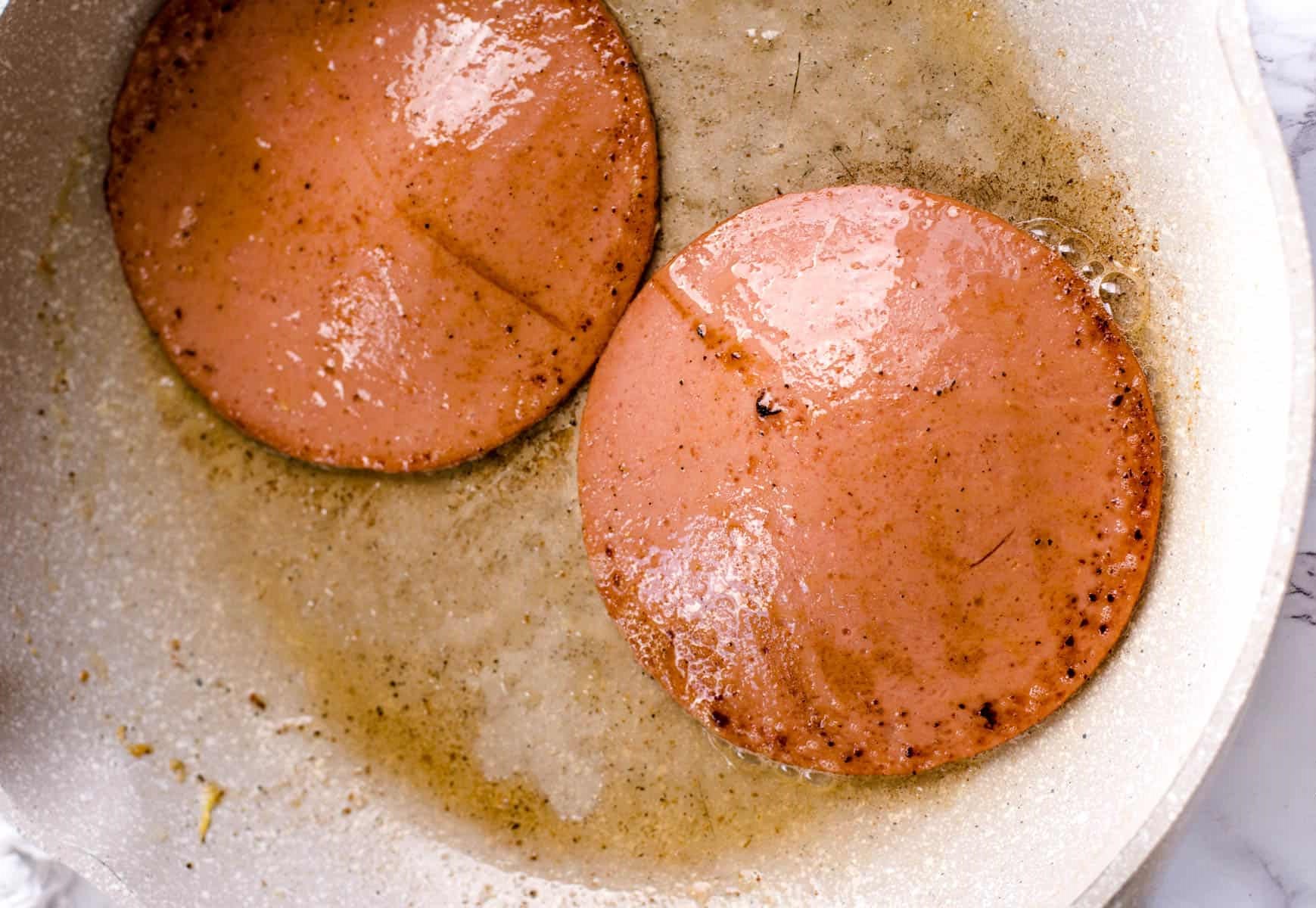
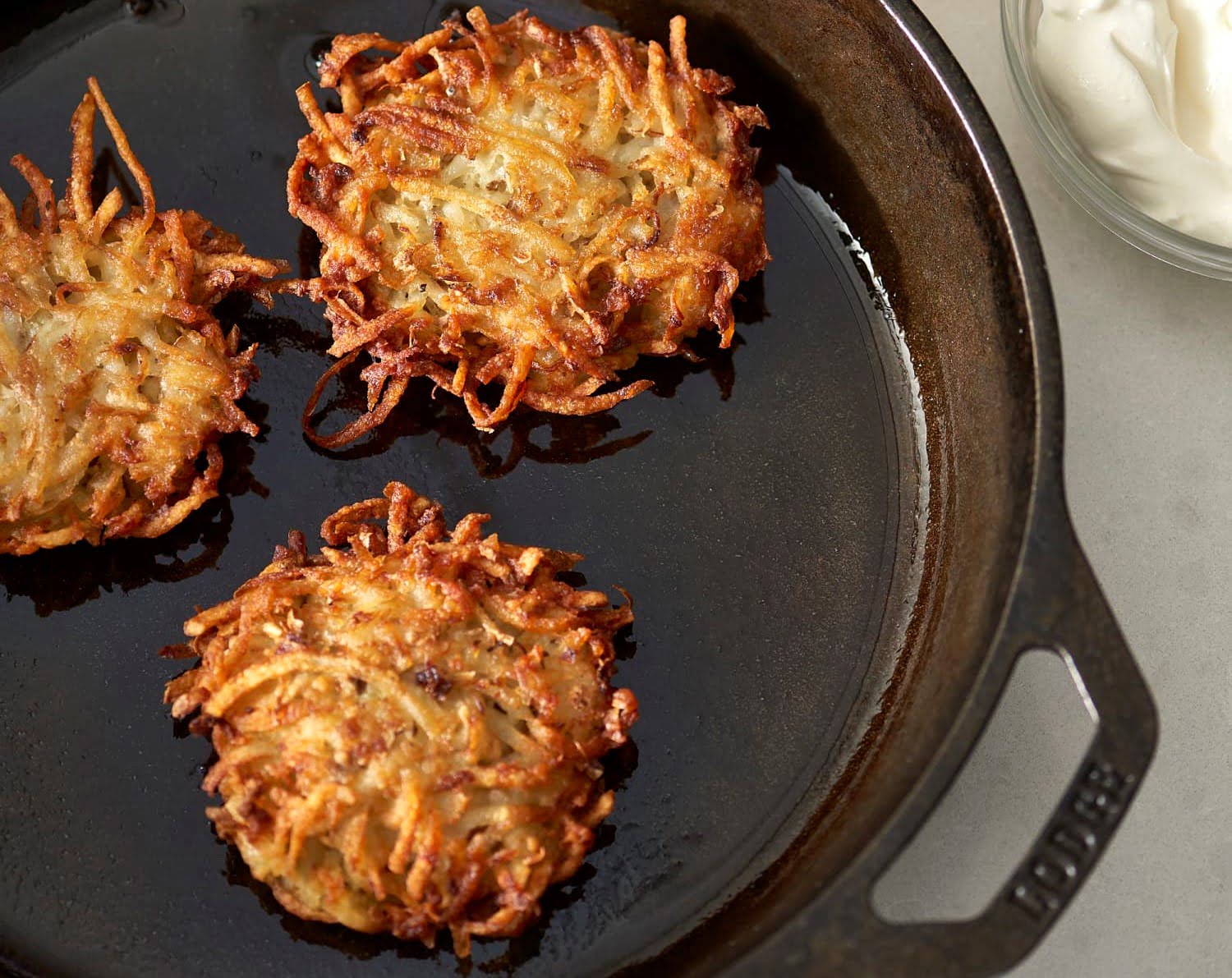
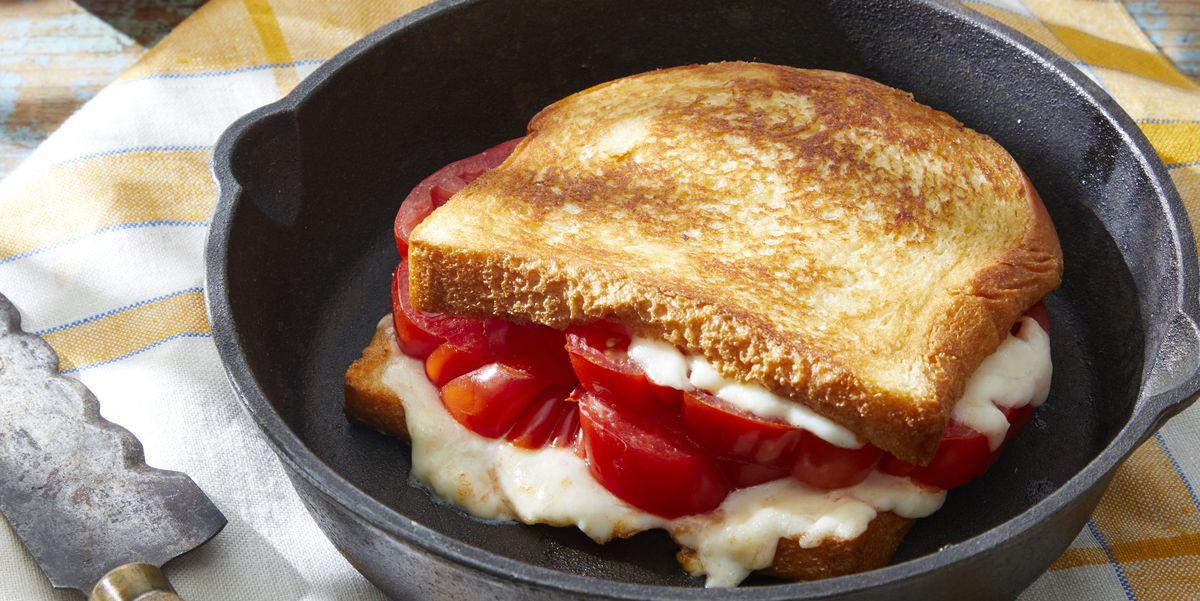
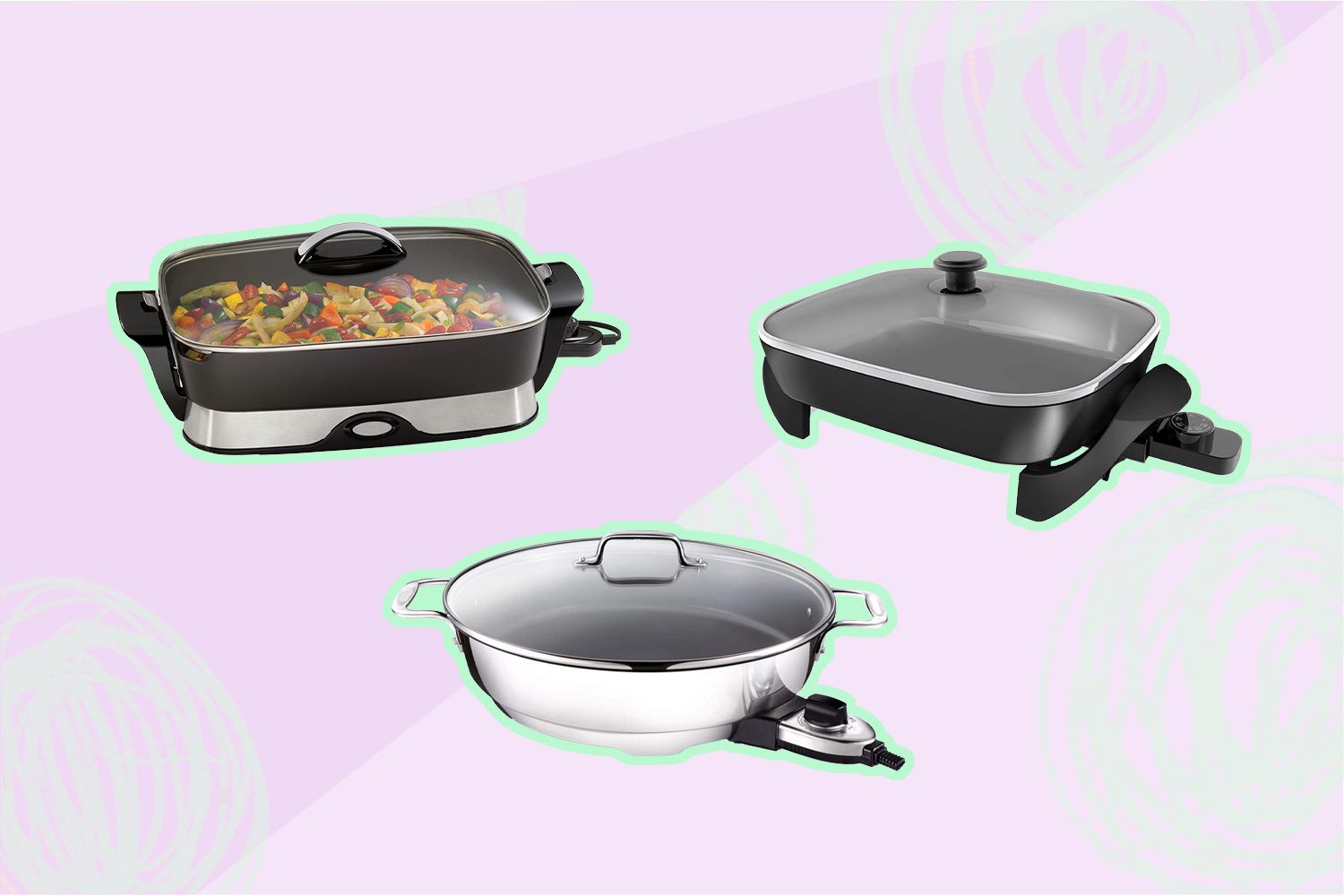
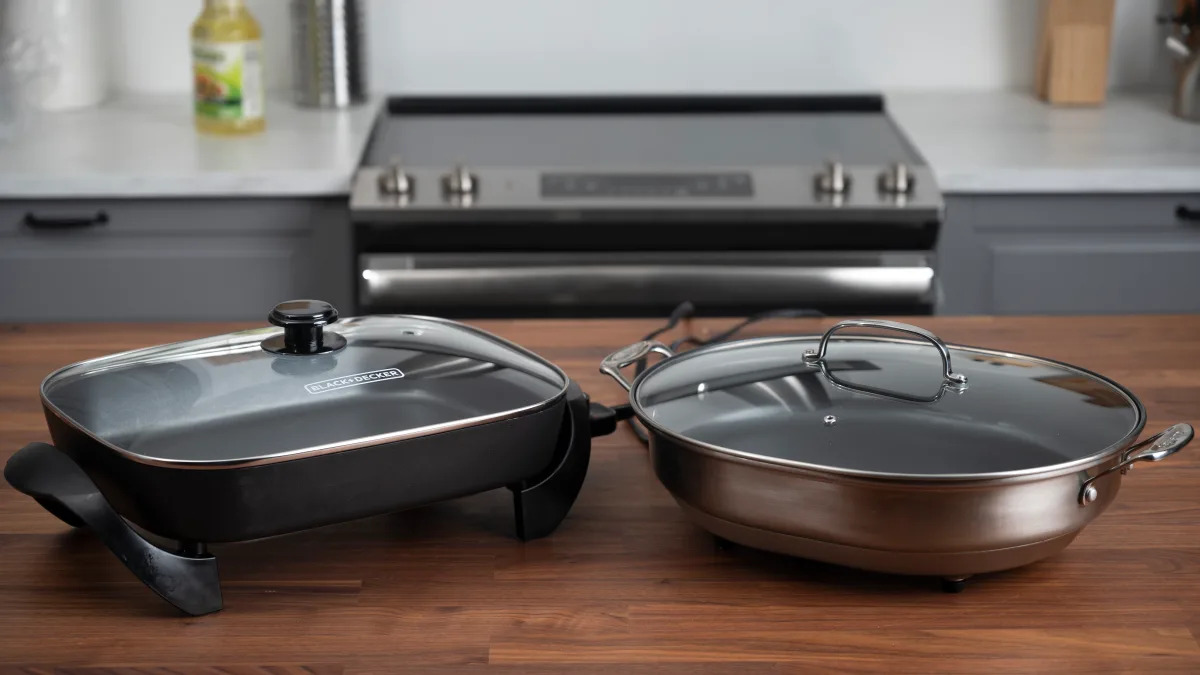
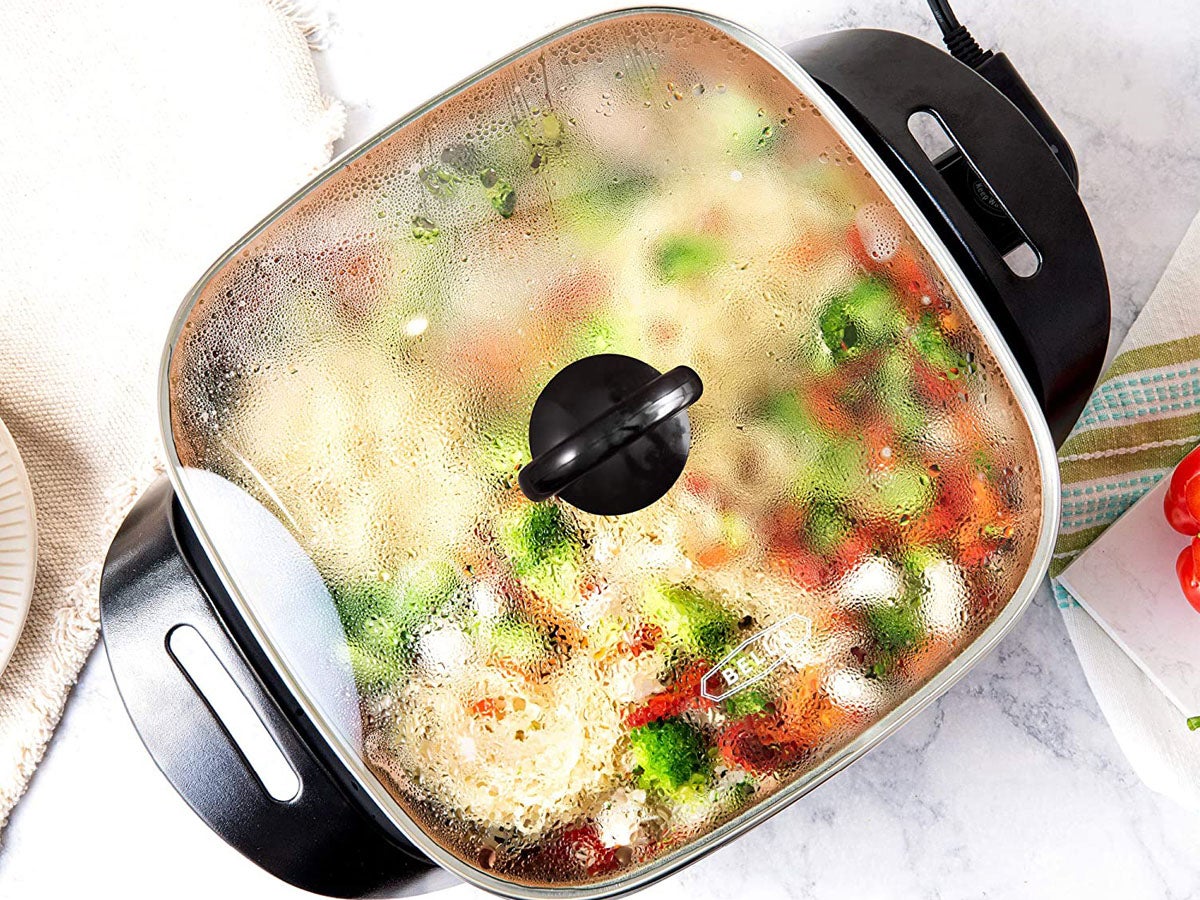
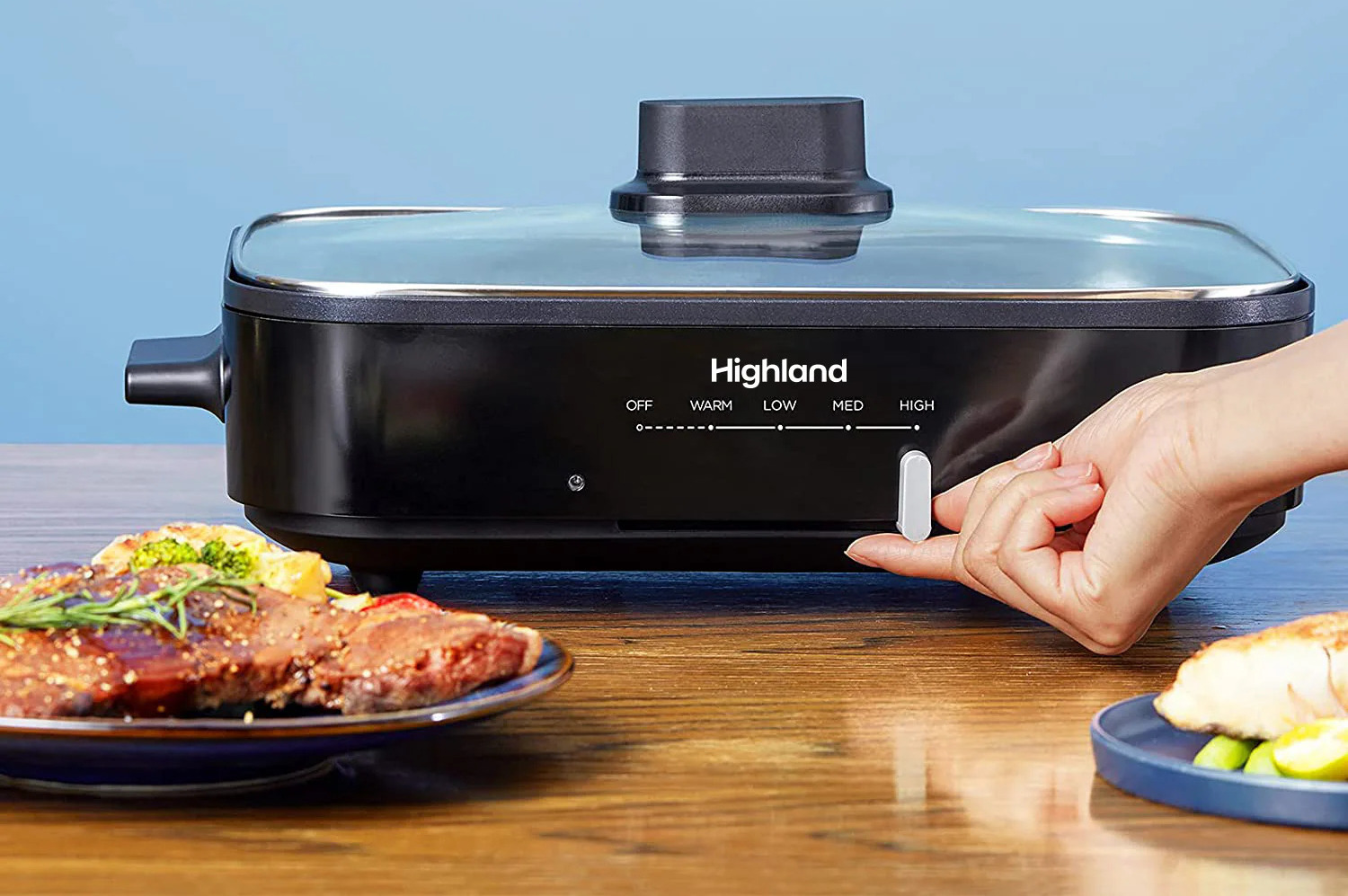
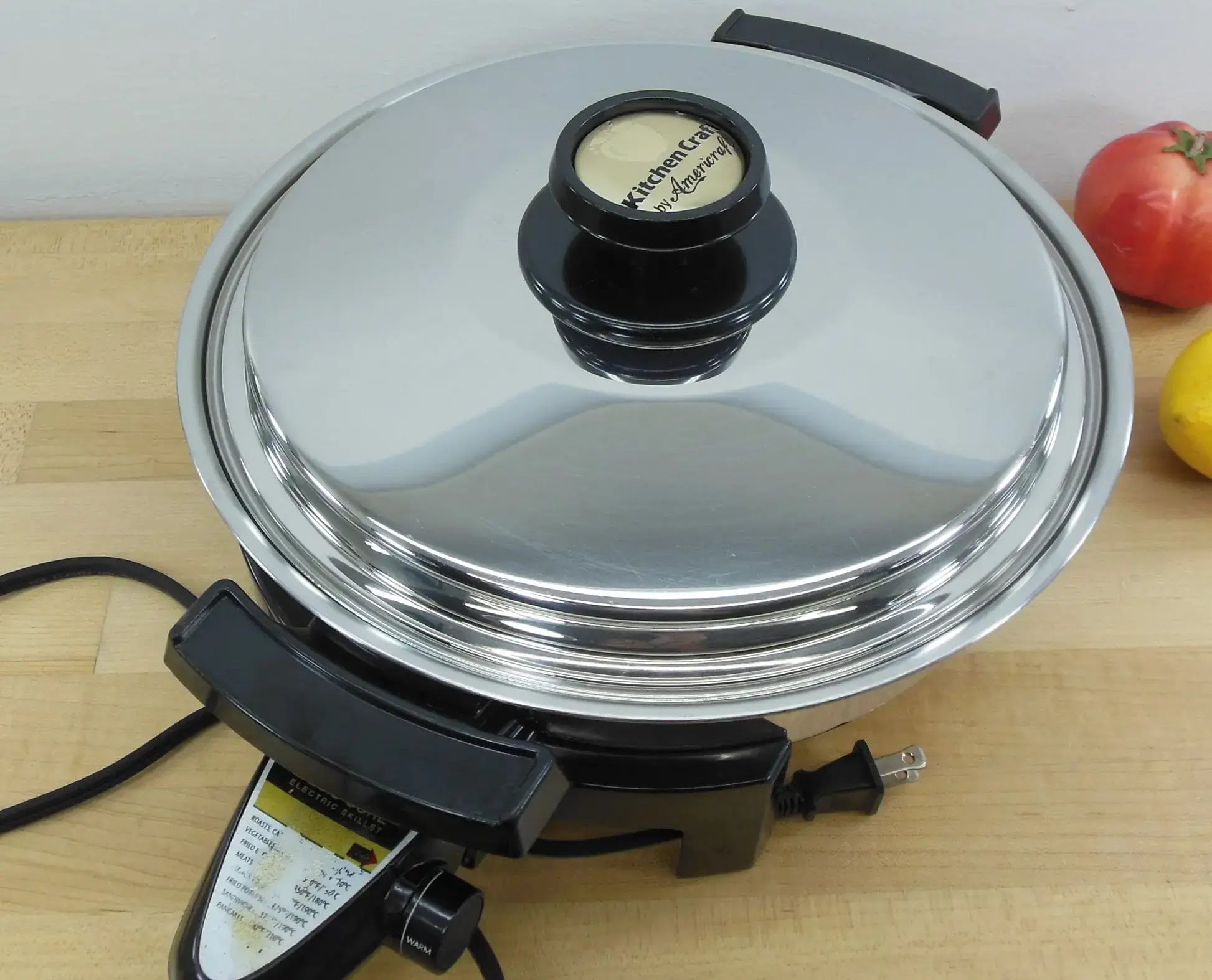
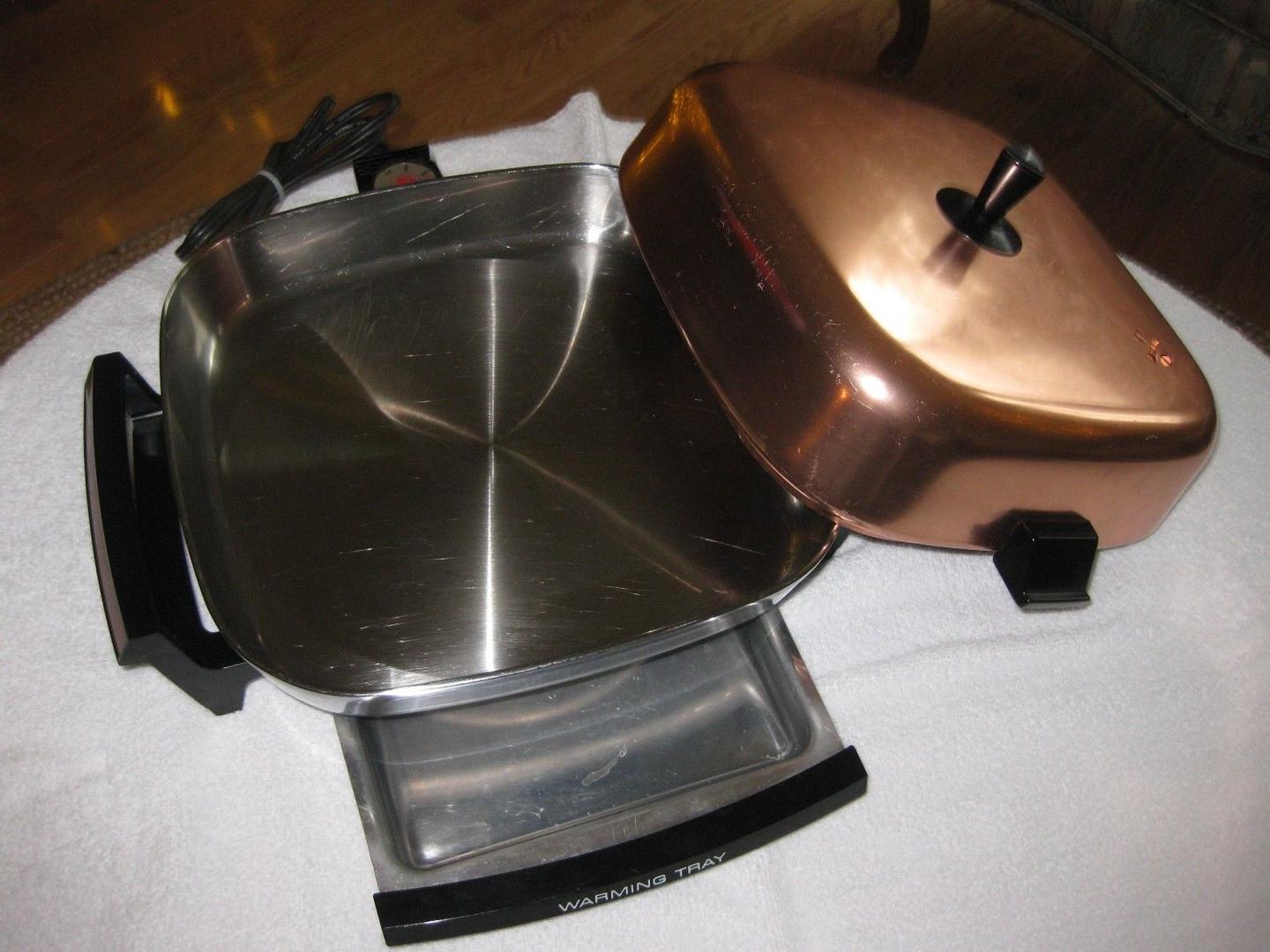
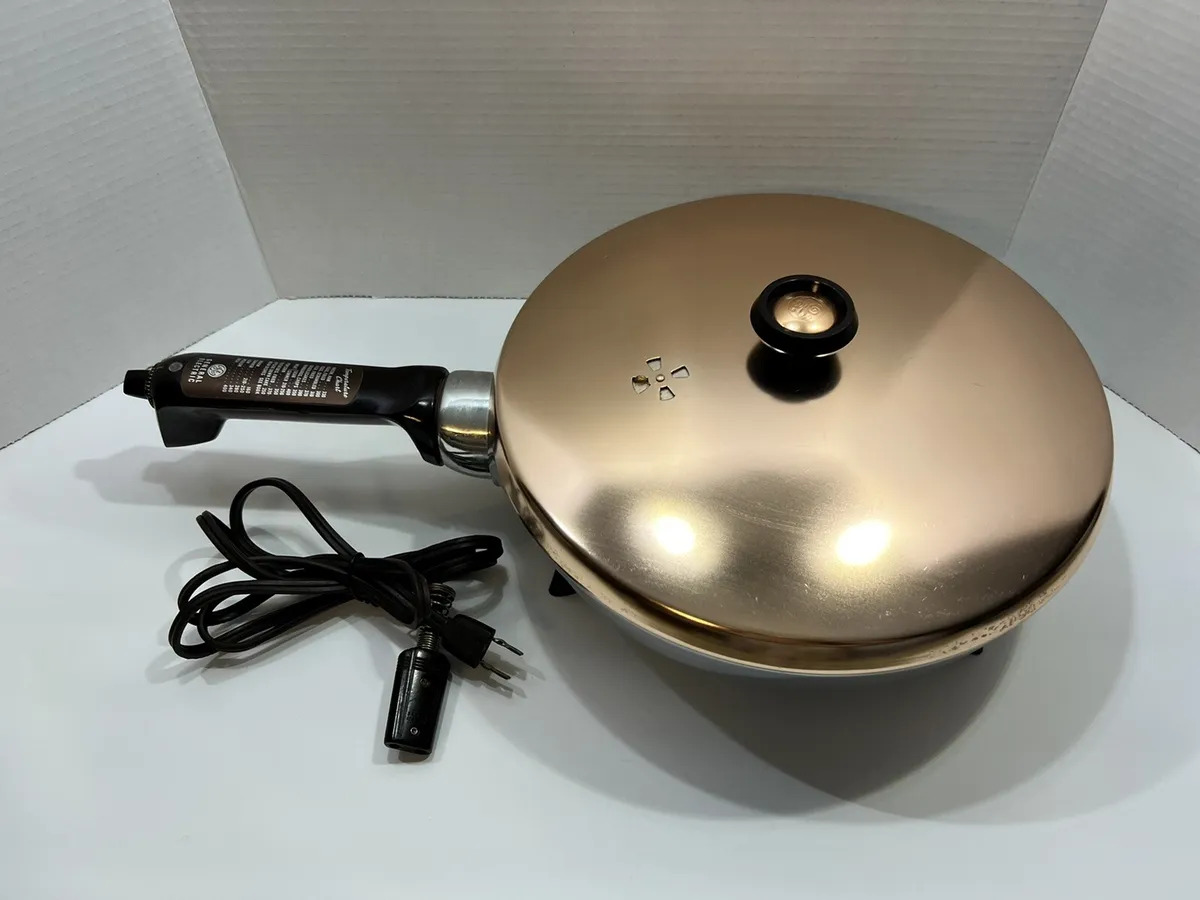
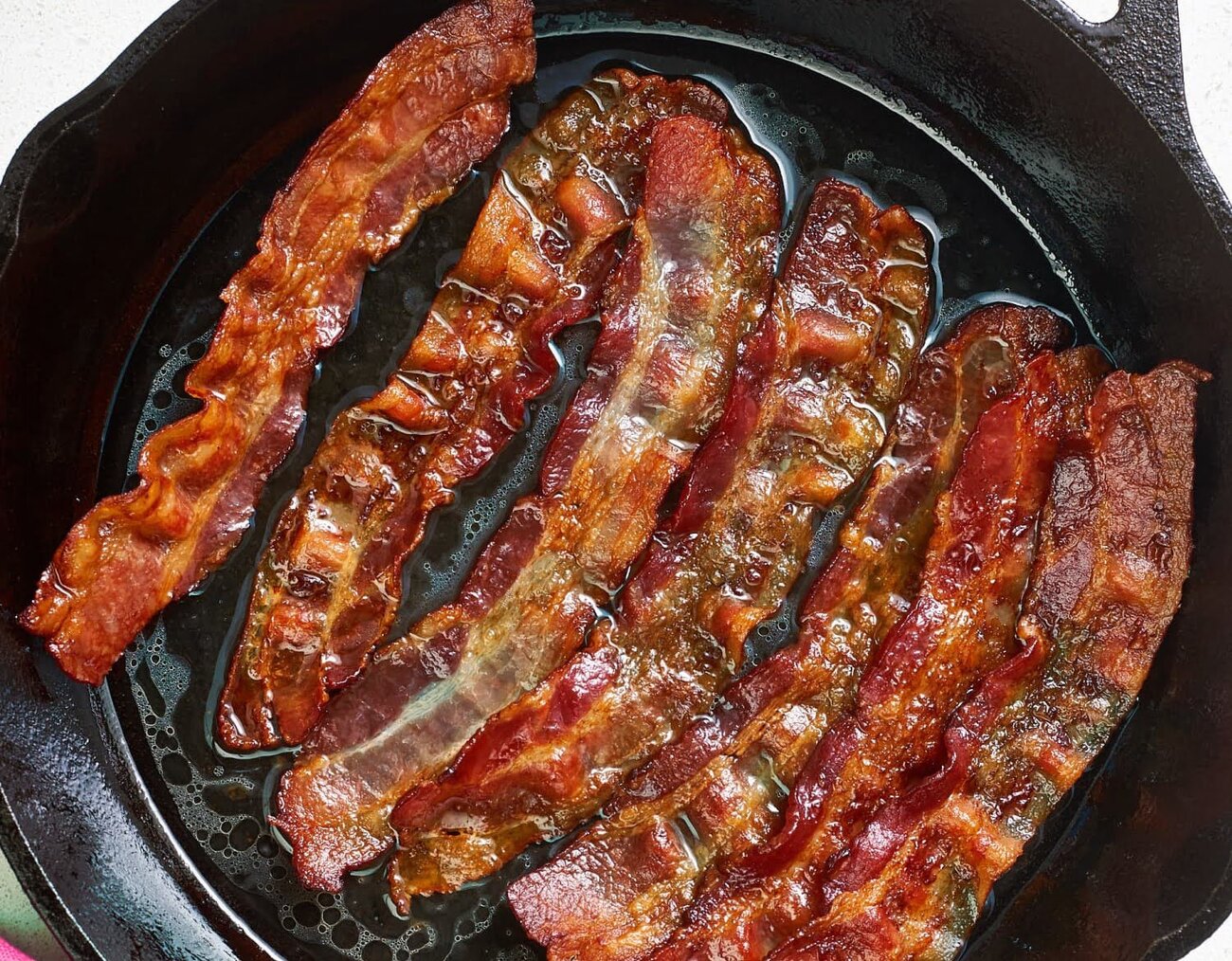
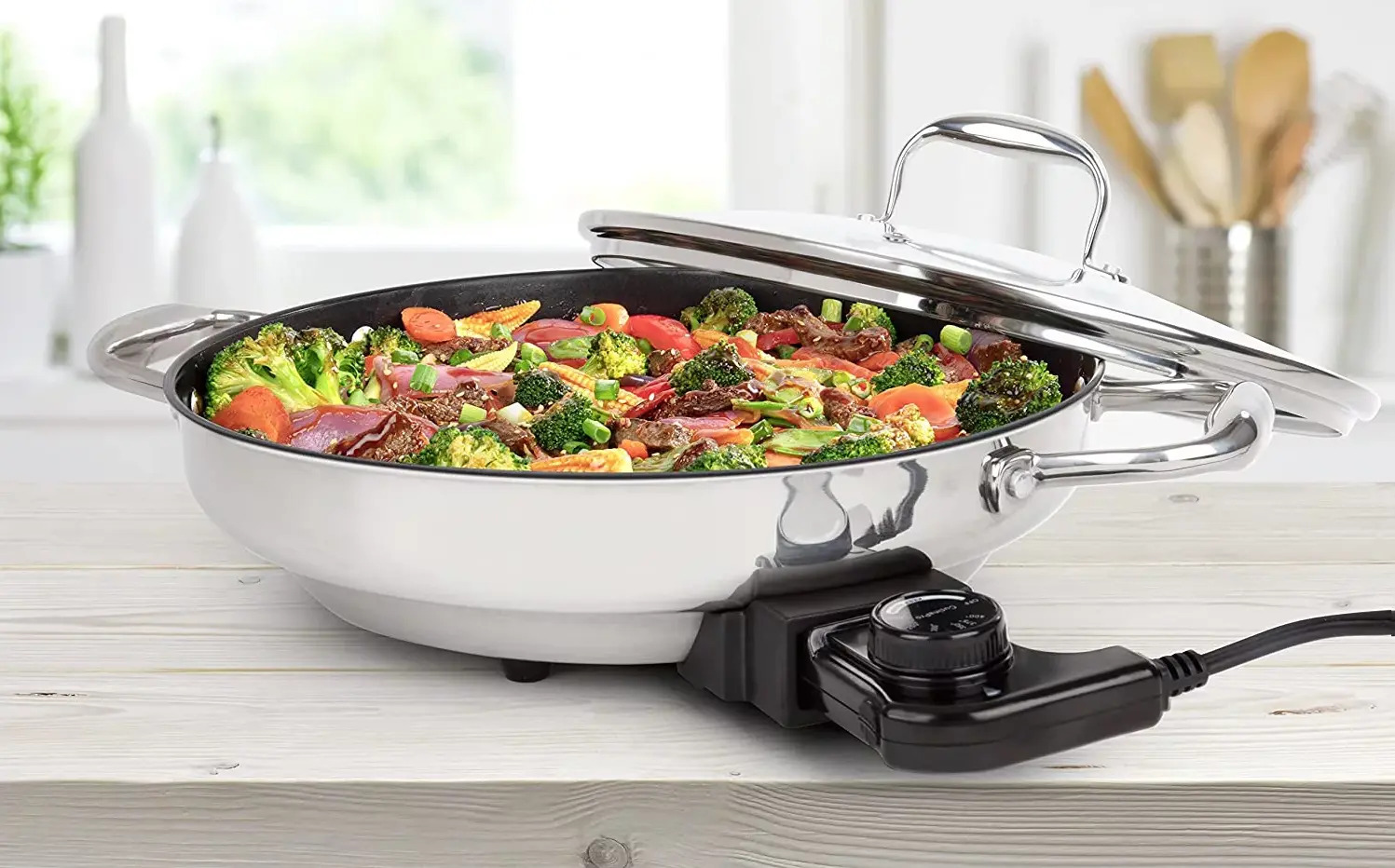
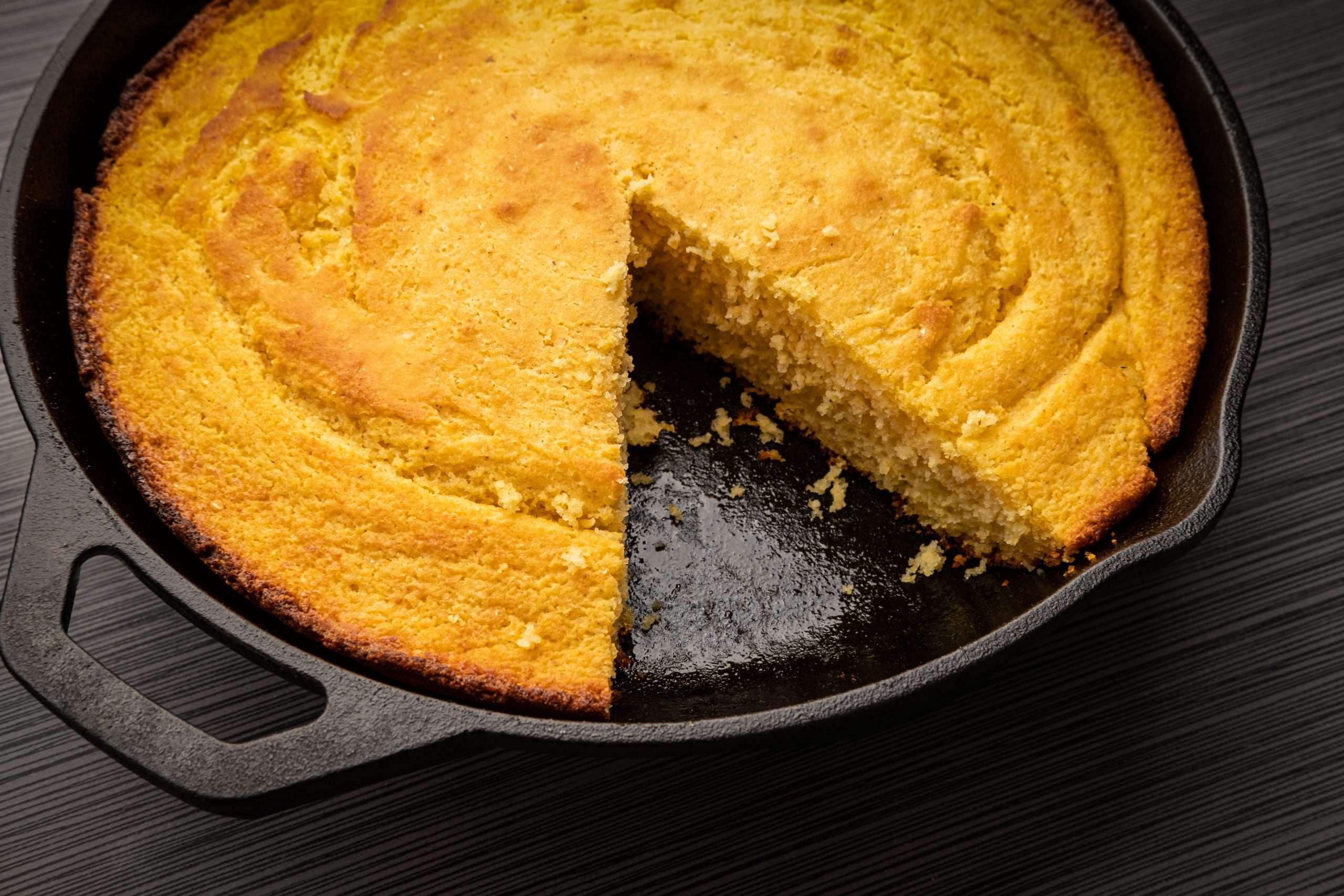
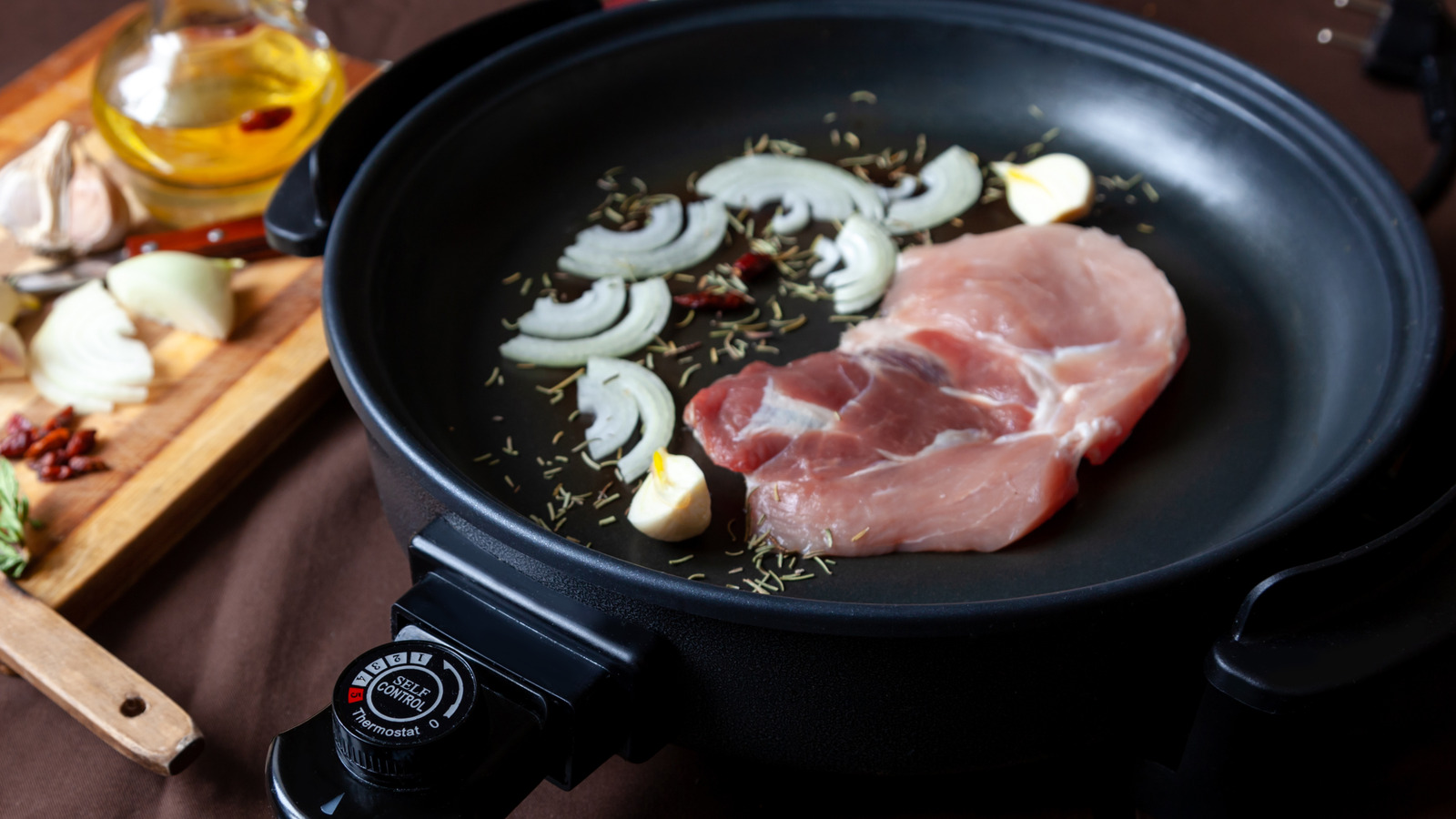

0 thoughts on “What Temp To Saute Onions Electric Skillet”